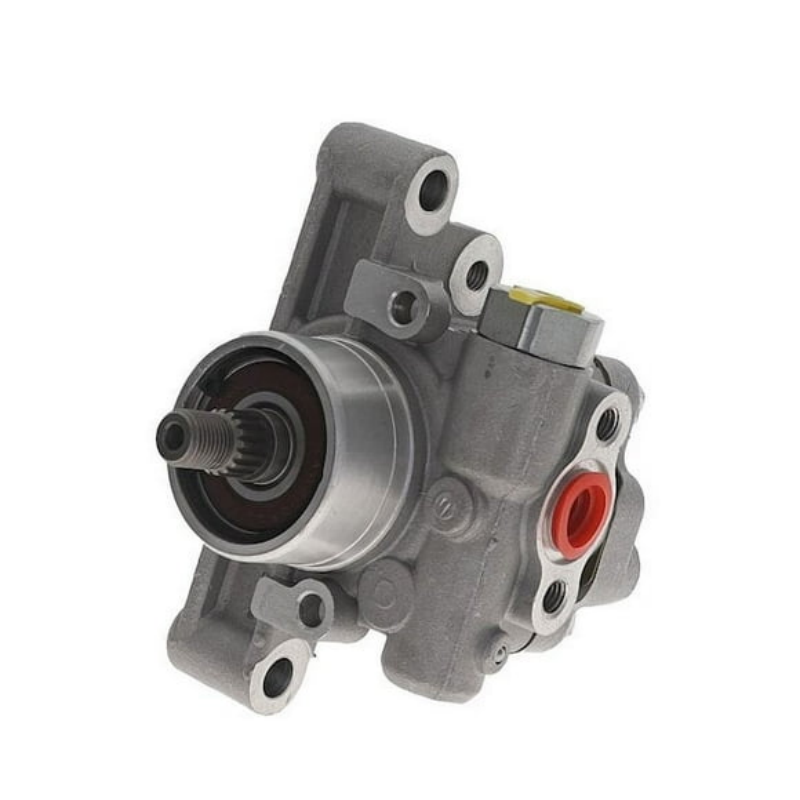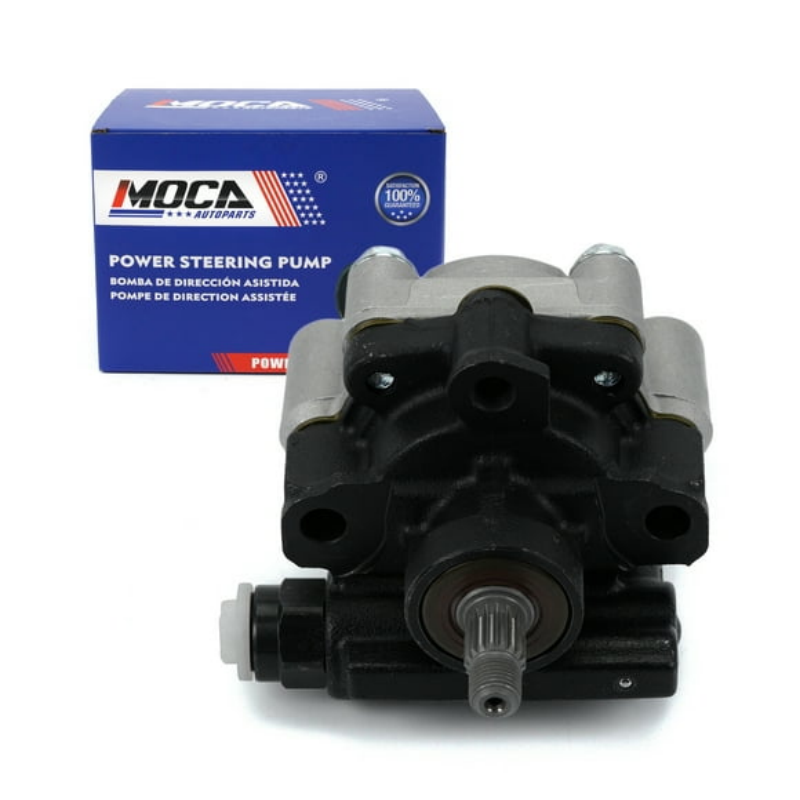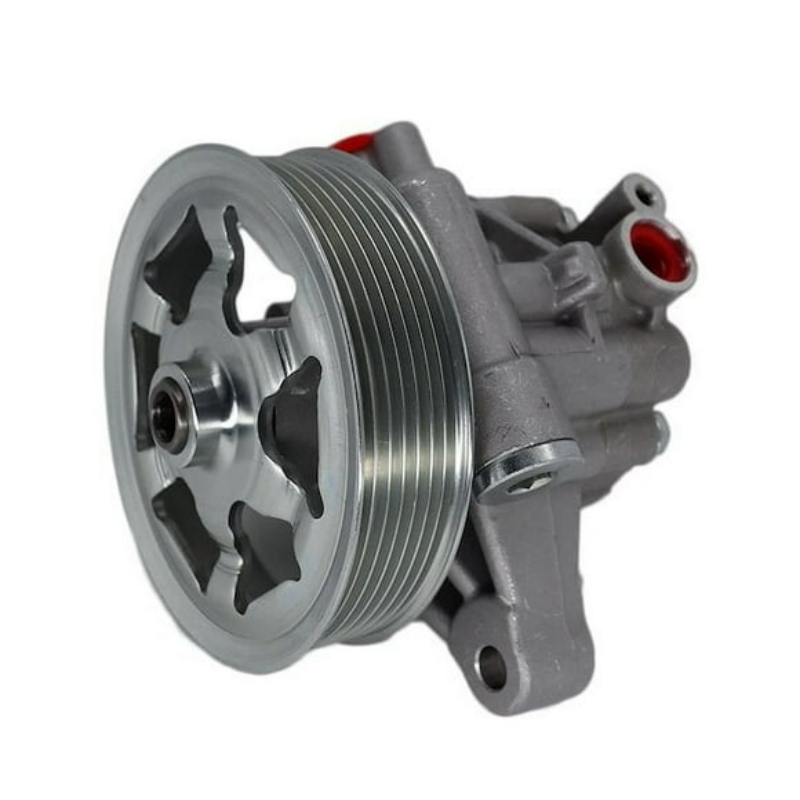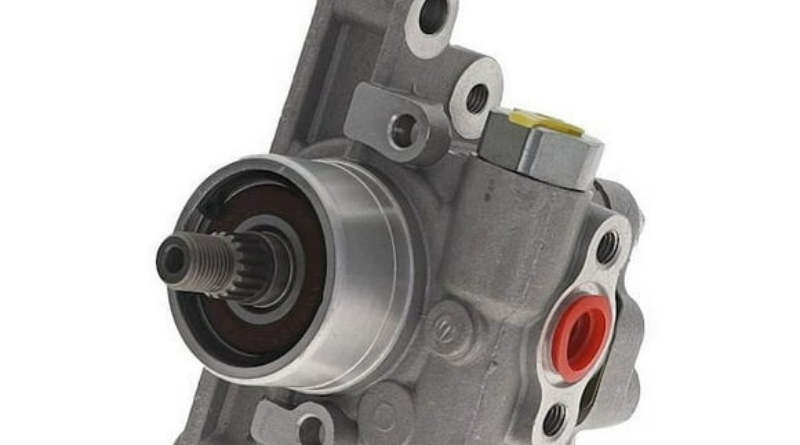Understanding Speed-Sensing Steering: Benefits for Vehicles
In today’s automotive industry, the evolution of vehicle technology has dramatically improved the driving experience, safety, and overall vehicle performance. One of the standout features in modern vehicles is speed-sensing steering, a system designed to adjust steering response based on the speed of the vehicle. This technology has transformed how drivers interact with their vehicles, making driving safer and more enjoyable, especially at varying speeds. Scale this innovative feature across various driving conditions—whether navigating through city traffic or cruising on the highway—and its benefits become increasingly evident. Speed-sensing steering not only enhances maneuverability but also reduces the effort needed to make turns, ultimately contributing to a more comfortable driving experience. This article aims to provide an in-depth exploration of speed steering, its functionality, advantages, and how it integrates with current automotive technology.
What is Speed-Sensing Steering?
Speed steering is an advanced steering system that automatically adjusts the steering effort based on the vehicle’s speed. This feature plays a crucial role in improving driving dynamics, providing different steering feel depending on the speed range. At lower speeds, the system reduces steering effort, making it easier to maneuver the vehicle during tight turns, parking, or stop-and-go traffic. Conversely, as the vehicle accelerates, the steering becomes stiffer, enhancing stability and control during high-speed driving situations.
How Speed-Sensing Steering Works
The functionality of speed steering is achieved through hydraulic or electronic systems. Let’s break down how each type operates:
- Hydraulic Systems: In hydraulic speed-sensing systems, a hydraulic pump adjusts the fluid pressure based on the vehicle’s speed. At lower speeds, the system allows greater fluid flow, enabling easier steering, while at higher speeds, it restricts fluid flow, increasing resistance.
- Electronic Systems: In modern cars, electronic power steering (EPS) systems utilize sensors to gauge speed and apply the corresponding torque to the steering mechanism. An electronic control unit (ECU) analyzes vehicle speed and adjusts steering assistance accordingly.
The Benefits of Speed-Sensing Steering
Implementing speed steering brings several benefits that significantly enhance the driving experience. Here’s a closer look at some of these advantages:
Enhanced Maneuverability
One notable advantage of speed steering is the enhanced maneuverability it offers at lower speeds. Drivers can enjoy reduced steering effort during tight turns or while parking, allowing for more precise control. This feature is particularly valuable for urban driving scenarios, where quick reactions and agility are essential.
Improved Stability at Higher Speeds
As speed increases, the steering system automatically adjusts to provide more resistance. This adjustment enhances vehicle stability, allowing for better control during high-speed driving or sudden lane changes. A stiffer steering response contributes to improved handling, particularly in curves and around corners, enhancing overall safety.
Comfort and Reduced Fatigue
The ease of handling due to speed steering significantly reduces driver fatigue, especially in stop-and-go traffic situations. Many drivers notice less strain on their arms and shoulders when navigating congested roads, making long commutes more comfortable. This comfort ultimately promotes safer driving by preventing early fatigue.
Compatibility with Advanced Safety Features
Speed-sensing steering is often integrated with other advanced driver assistance systems (ADAS) such as adaptive cruise control, lane-keeping assistance, and automatic emergency braking. As a result, it enhances the effectiveness of these systems, enabling smoother and more responsive vehicle behavior.
Types of Speed-Sensing Steering Systems
The various types of speed steering systems available today provide options across different vehicle models. Below are some common categories:
Electric Power Steering (EPS)
EPS is an electric-based steering system that offers speed-sensing capabilities without relying on hydraulic fluid. Using sensors and an electronic control unit, EPS responds quickly to driving conditions. This system is increasingly popular in modern vehicles due to its compact design and increased energy efficiency.
Hydraulic Power Steering (HPS)
While traditional HPS systems are less common, some vehicles still incorporate hydraulic systems, which operate using hydraulic fluid. In this system, vehicle speed influences the pressure in the steering system, allowing for speed-sensitive adjustments. Although effective, HPS systems are gradually being phased out in favor of more efficient electric systems.
Rack and Pinion Steering
Rack and pinion steering systems often feature integrated speed-sensing elements. This design allows for a combination of mechanical input and electronic assistance, producing a steering feel that can be adjusted based on vehicle speed. This setup enhances responsiveness and precision.
The Evolution of Speed-Sensing Steering Technology
Understanding the importance of speed-sensing steering necessitates a review of its evolution over the decades. The development of this technology reflects the industry’s commitment to improving safety, comfort, and performance.
Early Innovations
The idea of speed-sensitive steering was born out of the automotive industry’s desire to enhance vehicle control during different driving conditions. During the 1980s, early iterations of hydraulic systems provided some degree of steering sensitivity based on vehicle speed. However, these systems were limited by mechanical complexities.
The Shift to Electronics
With advancements in electronics and computing, manufacturers developed more sophisticated systems throughout the 1990s and early 2000s. The introduction of electric power steering (EPS) marked a significant turning point, enabling vehicles to feature more responsive and flexible steering systems. Manufacturers began to integrate speed-sensing capabilities more effectively.
Modern Implementations
In recent years, modern vehicles utilize advanced algorithms and real-time data analysis to optimize steering performance. These innovations allow for fine-tuning and customization of the driving experience based on individual driver preferences, ultimately leading to safer and more enjoyable handling.
Real-World Applications of Speed-Sensing Steering
The implementation of speed-sensing steering spans various vehicle types and applications. From passenger cars to commercial vehicles, manufacturers recognize the technology’s benefits.
Passenger Vehicles
Passenger cars, including sedans, SUVs, and hatchbacks, frequently incorporate speed steering for a refined driving experience. The enhanced maneuverability and stability enhance comfort during daily commutes and long trips.
Sports Cars
In performance vehicles, speed steering is vital for maintaining precision and control at higher speeds. These systems allow for rapid adjustments in steering feedback, improving handling and cornering performance.
Commercial Trucks
Commercial vehicles detailed with speed steering benefit significantly from enhanced safety and maneuverability. Offering drivers better control in busy urban environments and reducing fatigue during long hauls can lead to safer transportation practices.
Challenges and Limitations of Speed-Sensing Steering
Despite the numerous benefits, speed steering technology is not without its challenges and limitations. Awareness of these factors can lead to better vehicle maintenance and usage:
System Complexity
The integration of speed-sensing steering requires sophisticated sensors, control units, and algorithms. This complexity can lead to higher initial costs during production and maintenance. Additionally, malfunctioning components can compromise steering performance, leading to possible safety concerns.
Dependence on Electronics
Electric systems are more susceptible to electrical issues, including wiring faults and sensor failures. While most systems are designed with failsafe mechanisms, dependence on electronic components necessitates regular diagnostics and maintenance to ensure reliability.
Driver Adaptation
Some drivers may require time to adapt to the enhanced steering feels offered by speed-sensing systems, particularly in performance vehicles. Sudden changes in steering resistance can feel unfamiliar and may initially affect driver comfort.
Maintaining Speed-Sensing Steering Systems
Understanding how to maintain speed-sensing steering systems is crucial for ensuring they continue to operate reliably and efficiently. Here are some maintenance tips:
Regular Inspections
Schedule routine inspections to assess the condition of the steering system. Professional mechanics can identify potential issues before they become serious problems.
Keep Fluids at Optimal Levels
For hydraulic systems, monitor and maintain hydraulic fluid levels to ensure smooth operation. Check for leaks and replace worn components promptly.
Update Software
For electronic systems, manufacturers often provide software updates to improve performance and fix bugs. Stay informed about any available updates and install them timely.
Clean and Check Sensors
Regularly verify that sensors associated with the steering system are clean and functioning properly. Dirt, moisture, or damage can hinder sensor performance.
Future Trends in Speed-Sensing Steering Technology
As the automotive industry advances, speed-sensing steering technology will continue evolving. Future trends may include:
Integration with Autonomous Driving
Speed-sensing steering will play a vital role in the development of autonomous vehicles. Sophisticated steering systems will enable seamless communication between a car’s self-driving algorithms and steering response, enhancing safety and reliability during autonomous operation.
Advanced Driver Assistance Systems (ADAS)
The integration of speed-sensing steering with ADAS will improve vehicle maneuverability and adaptability in real-time driving scenarios. Enhanced steering precision may complement features like adaptive cruise control and lane-keeping assistance.
Customizable Steering Experiences
As technology develops, car manufacturers may offer customizable driving experiences through speed-sensing steering calibration. Drivers could select preferred steering responses based on driving conditions or personal comfort.
Conclusion
The importance of speed-sensing steering in modern vehicles cannot be overstated. This innovative technology enhances driving performance and safety while offering drivers a more comfortable experience. Understanding how speed-sensing steering functions, its benefits, and its applications across various vehicle types can help drivers appreciate its value.
As automotive technology continues to progress, speed-sensing steering will evolve, introducing new standards of driving comfort, adaptability, and safety. Whether you are driving a passenger vehicle, sports car, or commercial truck, the integration of speed-sensing steering will ensure a more responsive and enjoyable experience behind the wheel. Stepping into the future of driving, maintaining and embracing these advancements will amplify safety and elevate the overall journey.
